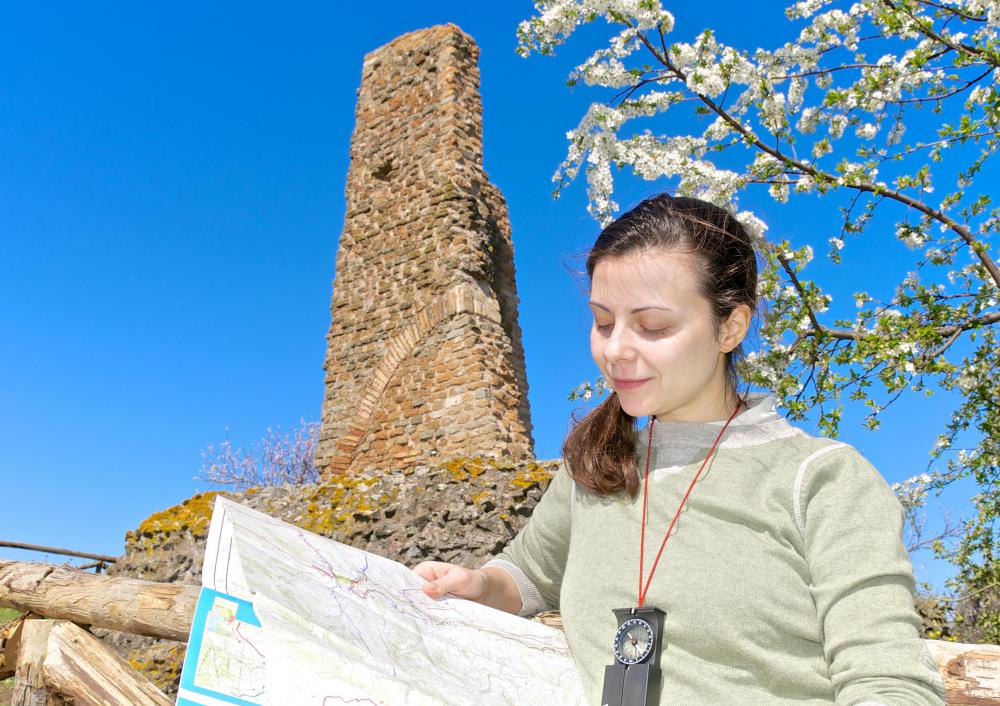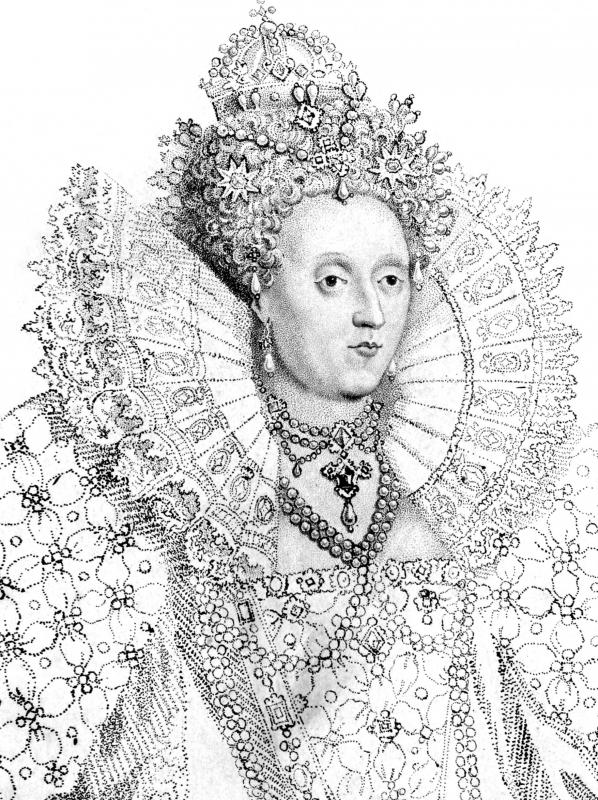At WiseGEEK, we're committed to delivering accurate, trustworthy information. Our expert-authored content is rigorously fact-checked and sourced from credible authorities. Discover how we uphold the highest standards in providing you with reliable knowledge.
What Is Corfe Castle?
Corfe Castle is situated in a strategic gap in the Purbeck hills and at one time defended the county of Dorset, England, against attacks by sea. William the Conqueror began building the castle in 1066, shortly after he arrived in Britain. King John added defenses to the castle between 1199 and 1216 and it served to house prisoners during this time as well. In 1646 a siege laid waste to the castle and the result is the ruins that remain to this day. Nature soon took over the landscape and visitors began to flock to the historic site, from Victorians to modern-day tourists.
Sir Christopher Hatton bought the castle from Queen Elizabeth I in 1572, and he converted it into a private residence. In 1635, Sir John Bankes bought Corfe Castle, and his wife, Mary Bankes, who after successfully defending the castle from an initial six-week long siege in 1643, lost the structure to a second siege in 1646. The Parliamentarians who occupied most of Dorset at the time allowed the family to leave unharmed. They then systematically destroyed the castle.

Sir Ralph Bankes, the son of Sir John Bankes, managed to save many of their belongings and the family built a new home west of Wimborne, in Dorset. The castle was owned by the Bankes family until 1982. It was then given over to the National Trust. Many of the houses in the surrounding Corfe Castle village still have the demolished castle’s stone as part of their construction.

King John used the castle for his royal treasury, yet this was not the only treasure that he kept there. He also had his niece, Princess Eleanor, imprisoned there. King John turned Corfe Castle into a sumptuous royal residence and created gardens to grow his food. Today, visitors are able to look up at the old defenses and see what was termed as “murder holes,” where defending soldiers used to throw rocks down on the enemy. The walls still bear the scars of arrows that struck the battlements.
The ruins of Corfe Castle are situated high on a chalk hill and are surrounded by a defensive ditch. Visitors are able to look out over the same vistas that kings and queens of old gazed upon for hundreds of years. Today, the National Trust oversees the castle and is tasked with strengthening the ruins and excavating to uncover more of the castle’s secrets. The castle is open to visitors all year round, seven days a week.
AS FEATURED ON:
AS FEATURED ON:












Discuss this Article
Post your comments